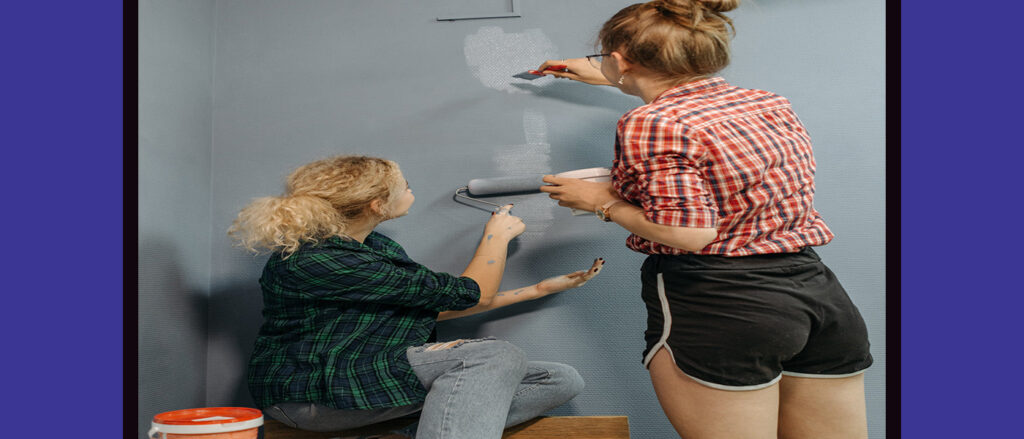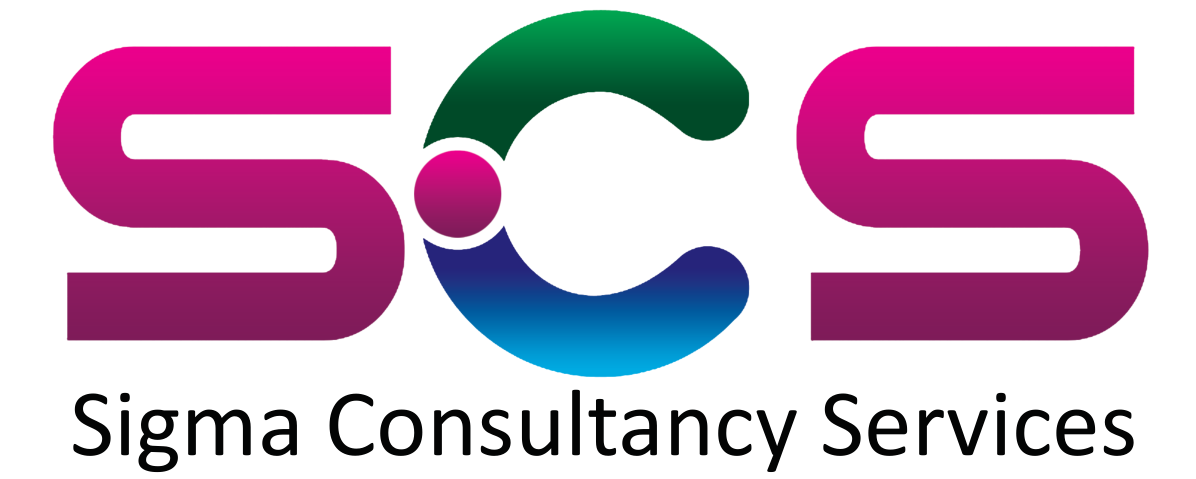
color coding and painting Frequently Asked Questions
- What is colorcoding in painting?
Color coding in painting involves organizing colors in a systematic way to create visually appealing designs. It helps in selecting complementary shades and maintaining harmony in your artwork or decor.
- Why is color theory important for painting?
Understanding color theory is essential because it helps you choose colors that work well together, creating balance and mood in your projects. It also aids in avoiding clashes and enhancing the overall aesthetic.
- How can I choose the right colors for my project?
Consider the purpose of your project and the emotions you want to evoke. Use color wheels to find complementary and analogous colors, and test swatches in your space to see how they look in different lighting.
- What tools do I need for color coding and painting?
Essential tools include high-quality paints, brushes, sponges, color swatches, and a palette for mixing colors. A color-coding guide can also be helpful for understanding combinations and color relationships.
- Can I use color-coding in-home decor?
Absolutely! Color coding can be used in various home decor projects, such as painting walls, furniture, and artwork. It’s a great way to create a cohesive look throughout your space.
- How do I maintain my color-coded projects?
To maintain your projects, ensure that you use high-quality materials that resist fading and wear. Regularly clean and touch up painted surfaces to keep them looking fresh.
- Is color coding only for professional artists?
Not at all! Color coding is a valuable tool for anyone, regardless of skill level. Whether you’re a beginner or an experienced artist, it can enhance your creativity and organization.
- Where can I find inspiration for color coding and painting?
Look for inspiration in art books, online platforms like Pinterest or Instagram, nature, and design magazines. Visiting art galleries and home decor stores can also spark ideas for your projects.
Elevate Your Space with Color Coding and Painting
“Professional color coding and painting services offering precise visual organization and vibrant aesthetic enhancement for homes, offices, and industrial spaces. Whether you need clear, systematic color coding for improved functionality or custom painting for stunning decor, our expert team ensures a flawless, high-quality finish every time.”
Color coding and painting for buildings serve both aesthetic and functional purposes. Here are some key aspects to consider
Purpose of Color Coding
color coding and painting ideas
- Navigation: Colors can help with wayfinding in large complexes (e.g., hospitals, schools).
- Safety: Bright colors can indicate emergency exits or hazardous areas.
- Branding: Companies often use specific colors to align with their brand identity.
- Colors can evoke emotions; for instance, blue promotes calmness, while red can energize.
- Different colors can influence perceptions of space (e.g., light colors can make a space feel larger).
color coding for Exterior Painting Considerations
- Material Compatibility: Choose paints that adhere well to the building material (wood, concrete, metal).
- Weather Resistance: Use weather-resistant paints to withstand environmental conditions.
- Color Retention: Consider UV-resistant options to prevent fading.
color coding and painting for Interior Color Schemes
- Room Functionality: Use warmer colors in social spaces and cooler colors in relaxation areas.
- Light Reflection: Lighter colors reflect more light, making rooms feel brighter.
color coding and painting Trends and Techniques
- Accent Walls: Highlighting one wall with a bold color can create a focal point.
- Textures: Use different finishes (e.g., matte, glossy) to add depth to surfaces.
- Sustainability
- Consider eco-friendly paints with low VOCs (volatile organic compounds) to improve indoor air quality.
- Maintenance
- Choose colors and finishes that are easy to maintain and clean, especially in high-traffic areas.
By carefully selecting colors and painting techniques, you can enhance both the function and beauty of buildings.
